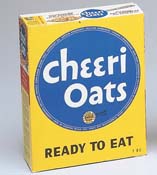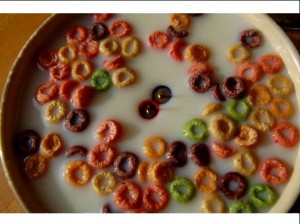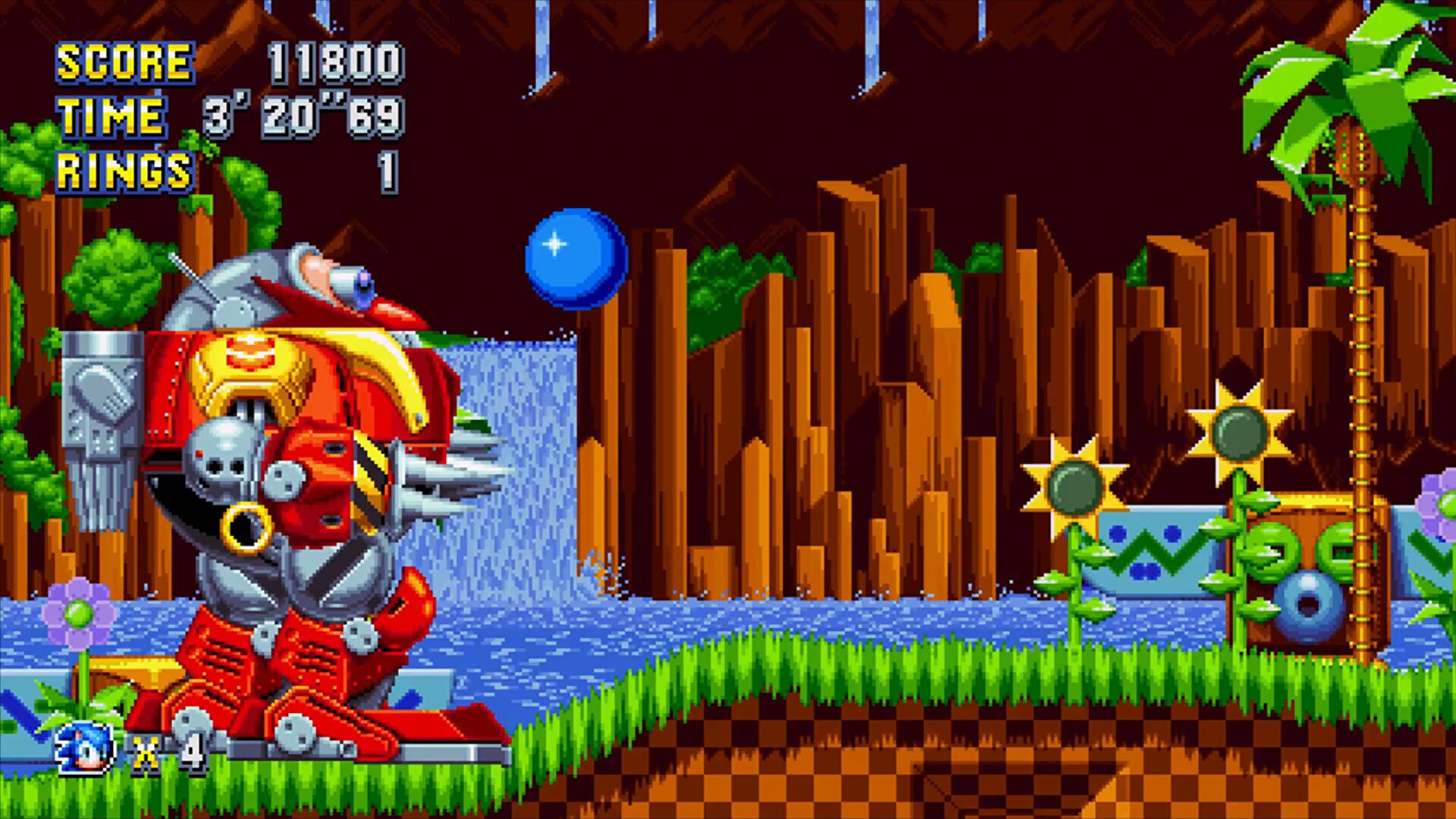Don’t ask me why, but I just got off of a phone call in which we talked about breakfast cereal a little bit too much. I wondered aloud what Honey Nut Loops were made of, and the idea that it might be rice came up.
I scoffed at this (“you can’t make rice go in circles” I said), and was promptly told that Cheerios are made of rice – at least a quarter of them are anyway. So, because I was bored, and procrastinating seemed more interesting than reading the Sunday Telegraph in preparation for recording my podcast, I embarked on some research.
And who knew Cheerios could be so interesting?
They were originally called CheeriOats, but Quakers had something to say about that, so they changed their name.

And the Cheerios we get in the UK are not the same as the ones on sale in the US. The American ones are all made from Oats, and produced by General Mills, while the British ones have much more sugar and are made from Oats, Rice, Wheat, and Corn. They are sold by Nestle.
So far, so boring I hear you say.
You’re wrong.
In the 1980s, the cereal was sponsored by The Peanuts Gang. Here’s one of the commericals:
And here’s another one:
So there.
In 2009, the US Food and Drug Adminstration wrote a letter to General Mills arguing that Cheerios were now an unapproved new drug, because of the health claims being made on the packaging. Read the letter here. General Mills retorted by saying that their claims had previously been FDA approved, and had been on the box for two years already.
If you aren’t hankering after a bowl of cereal after all that, you’ve more self-control than I.
‘But what about the Cheerios Effect?’ I hear you cry …
Well, now we’re getting into Fluid Mechanics. This is where small, wettable objects tend to cluster together on the surface of a liquid. It’s also why cornflakes stick to the side of the bowl. It’s all to do with surface tension and bouyancy.
There’s more about that here, including equations.

This is all very well of course, but it’s not helping me with my initial query about Honey Nut Loops. For a start, there’s no such thing anymore (apparently). Kellog’s dropped their nuts (apparently) in 1998, and now they’re simply called Honey Loops.
In Spain they’re called Miel Pops, and have a variant known as Honey-Balls. I made the mistake of Googling the phrase Honey Balls, and ended up on Urban Dictionary, where I learned that:
Honey Balls is a sexual act that can be performed with anyone that has a penis.
I decided not to try and find a commercial for that on YouTube.
And so we come to the crux of the matter. Honey Nut Loops are made from …
… Wheat, Barley and Rye.
I win.











